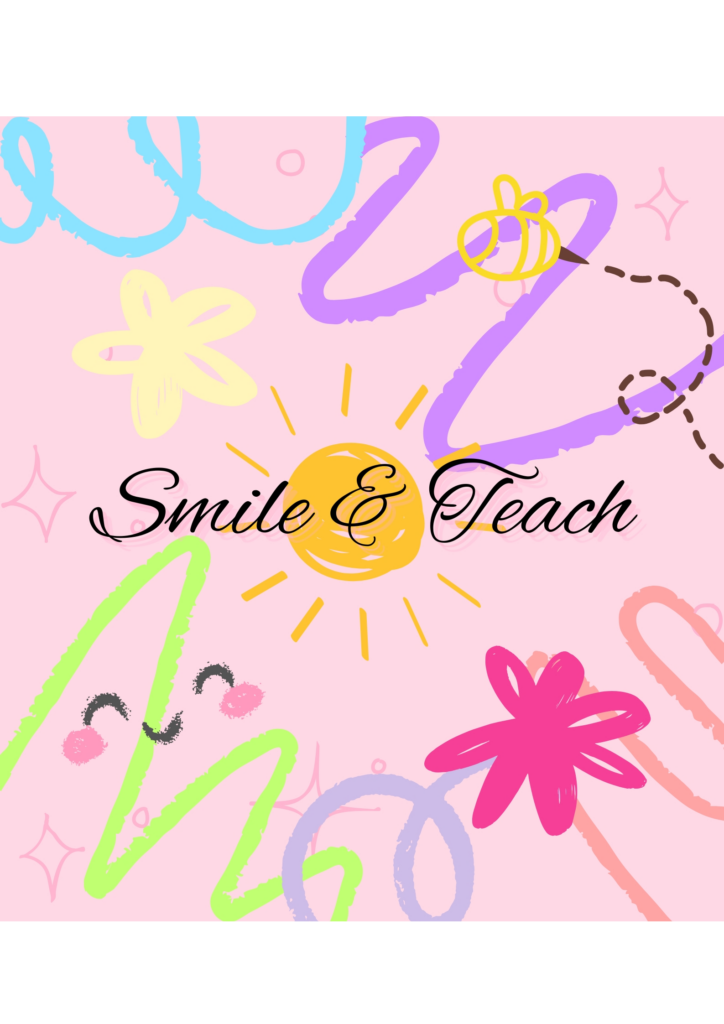This week, we explored the intersection of technology and outdoor education, something I hadn’t previously considered as a natural pairing. Typically, I associate outdoor education with stepping away from technology, but this class challenged that perspective. Kristen Pierce introduced us to various ways technology can enhance outdoor learning, making it more interactive and engaging for students.
During the first half of the class, Kristen shared different digital tools that can be used to support outdoor education. One that stood out to me was the use of Google Earth to introduce students to the places they will be exploring. This approach can provide context before an outdoor excursion, helping students visualize landscapes, ecosystems, and cultural landmarks. I also found it interesting how historical videos can be used to show how land has changed over time, sparking discussions about environmental changes, urban development, and sustainability. Additionally, I really liked learning about websites that provide wordlists for Indigenous languages, allowing students to connect with the land through its traditional language and history.
For the second half of the class, we visited Finnerty Gardens and took part in a QR code scavenger hunt. While I’ve done scavenger hunts before, I had never used QR codes in this way, and I found it to be a simple but effective way to engage students with their surroundings. Even though I was able to find all of the QR codes quickly, we still enjoyed taking our time exploring the gardens and observing the different plant species. The signs providing information about each plant were especially interesting, as I often see these plants in my daily life but have never known their names. This activity made me think about how technology can be used to help students develop curiosity about their environment while still allowing them to be physically present in nature.
Overall, this class helped me see how technology can enhance outdoor education rather than take away from it. I can see myself using activities like the QR code scavenger hunt in my future teaching, possibly incorporating mindfulness exercises or subject specific challenges along the way. This experience reminded me of the importance of balance technology can be a valuable educational tool, but it’s just as important to step back and appreciate the natural world around us.

